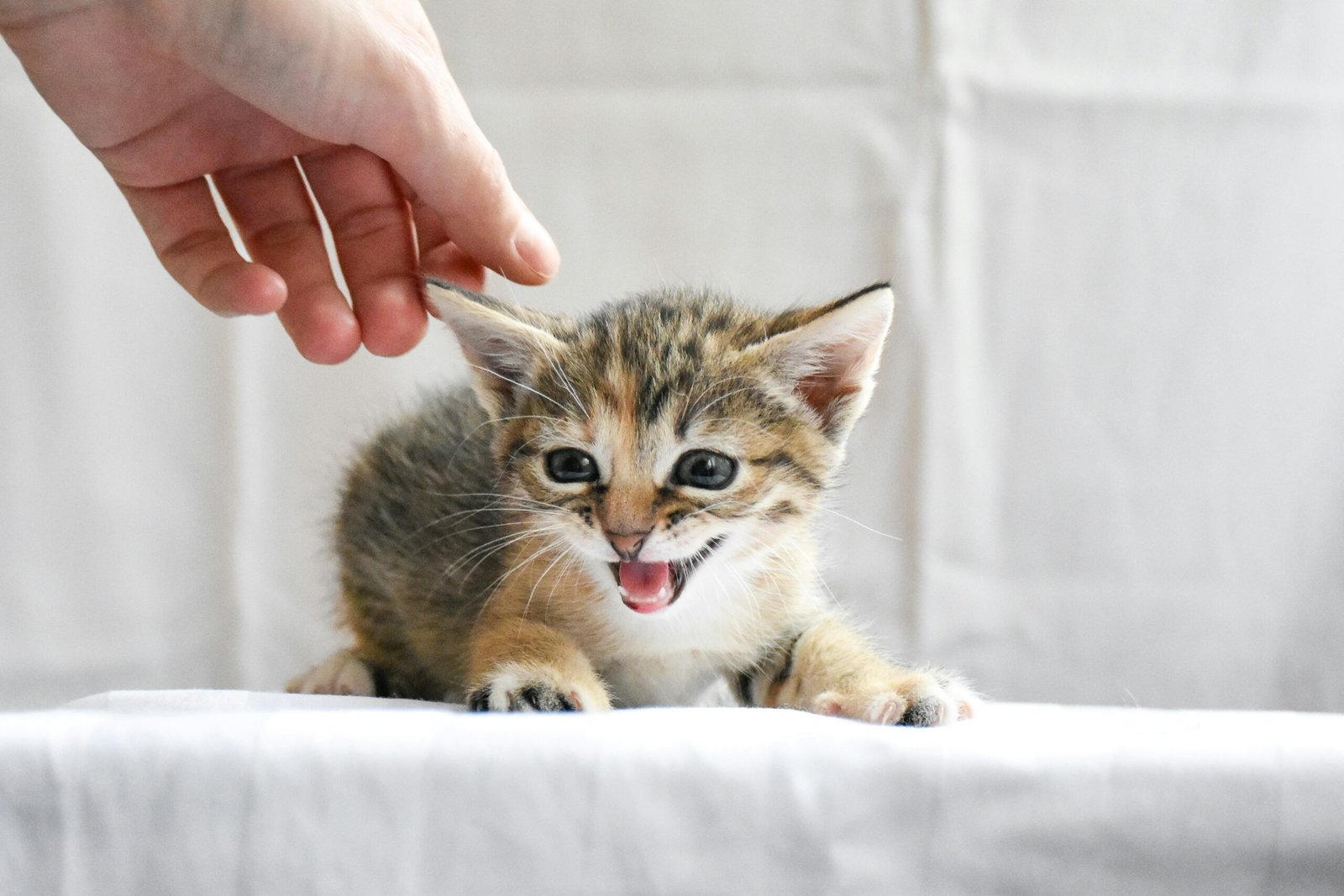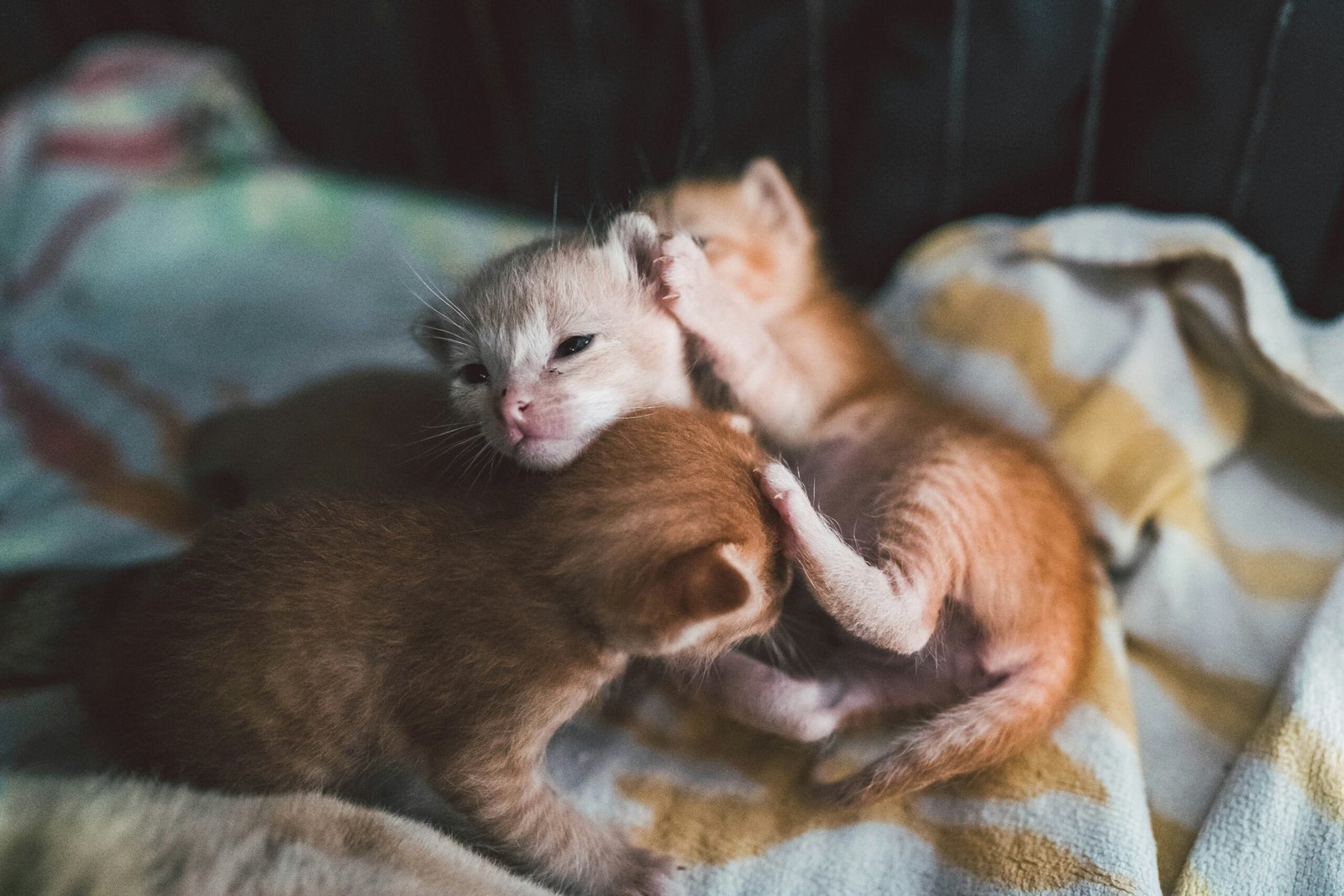How to take care of a kitten is one of the most exciting and rewarding experiences you can have, but it’s also a significant responsibility. That tiny ball of fur relies on you for everything, from nutrition and safety to love and socialization. For new owners, the journey can seem daunting, filled with questions about what to do and what to avoid. This A-to-Z guide is designed to walk you through every essential step, ensuring you have all the knowledge you need to raise a healthy, happy, and well-adjusted cat.
At Pet Breeding Club, we are passionate about empowering pet owners with the right information. Let’s begin this wonderful journey of learning how to take care of a kitten.
A for Arrival: Kitten-Proofing Your Home
Before your kitten even sets a paw inside, your first task is to create a safe environment. Kittens are insatiably curious and can get into surprisingly small spaces. Get on your hands and knees to see the world from their perspective.
- Secure loose wires and blind cords.
- Store all chemicals, medications, and cleaning supplies in locked cabinets.
- Remove toxic plants like lilies, tulips, and daffodils.
- Ensure windows and doors have secure screens.
- Block off small gaps behind appliances or furniture.
Creating a “safe room” for the first few days can also help your kitten acclimate without feeling overwhelmed. This room should contain their food, water, litter box, and a cozy bed.
B for Basics: Food, Water, and Litter
Nutrition is the cornerstone of your kitten’s health. They need a diet rich in protein and other essential nutrients to support their rapid growth. Always choose a high-quality food specifically formulated for kittens. A combination of wet food (for hydration) and dry kibble (for dental health) is often the best approach.
Fresh, clean water must be available at all times. Consider a pet water fountain, as the moving water often encourages them to drink more.
The litter box should be placed in a quiet, accessible location away from their food and water bowls. Ensure the box has low sides for easy entry. Scoop it daily and clean it completely once a week. Mastering these basics is fundamental to knowing how to take care of a kitten.
C for Comfort: Socialization and Play
The period between 2 and 7 weeks of age is a critical window for socialization. Gently handling your kitten, introducing them to new sights and sounds, and allowing them to meet different people will help them grow into a confident, friendly adult cat.
Play is not just for fun; it’s essential for a kitten’s physical and mental development. It hones their coordination and predatory skills. Use interactive toys like wands with feathers or laser pointers (be sure to end the session by letting them “catch” a physical toy). This part of learning how to take care of a kitten is often the most enjoyable.
D for Doctors: Vets, Vaccinations, and Health
Schedule a visit with a veterinarian within the first week of bringing your kitten home. Your vet will perform a complete health check, deworm them, and discuss a vaccination schedule. Core vaccines protect against common and serious feline diseases like panleukopenia, calicivirus, and rhinotracheitis.
This is also the time to discuss spaying or neutering. This routine procedure prevents unwanted litters and can reduce the risk of certain cancers and behavioral problems. Understanding preventative healthcare is a non-negotiable aspect of how to take care of a kitten.
E for Etiquette: Training and Behavior
Cats are intelligent and can be trained. The most important training is using the litter box, which most kittens learn from their mother. If you need to teach them, place them in the box after meals and naps.
To discourage scratching on furniture, provide plenty of appropriate scratching posts with different textures (sisal rope, cardboard, carpet). If you catch them scratching the wrong item, say “no” firmly and redirect them to their post. Positive reinforcement, like a treat or praise, works far better than punishment. This patient approach is key to successfully figuring out how to take care of a kitten.
G for Grooming: Nurturing a Healthy Coat
While kittens are fastidious groomers, they can still benefit from your help. Brushing your kitten regularly removes loose hair, prevents matting (especially in long-haired breeds), and reduces hairballs. It’s also a wonderful bonding activity. Additionally, you should get your kitten comfortable with having their claws trimmed from a young age.
This guide provides the foundational knowledge for anyone asking how to take care of a kitten. From creating a safe space to ensuring their health and happiness through proper diet, play, and preventative care, your efforts will forge a deep and lasting bond. The responsibility of how to take care of a kitten is significant, but the love and companionship you receive in return are immeasurable. Remember that every step you take in understanding how to take care of a kitten is a step toward a wonderful life together.
For more detailed guides and expert advice on raising your furry family members, visit us at https://petbreedingclub.com. We are here to support you at every stage of your pet ownership journey, especially when you are learning how to take care of a kitten.
Follow Me Now!




